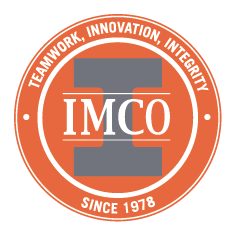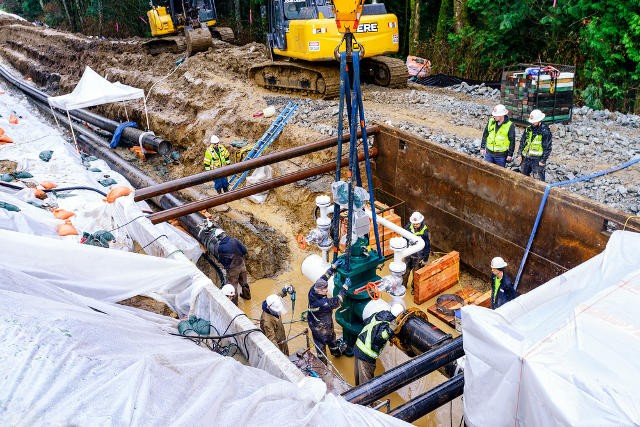Port of Seattle wins TIGER GRANT
Posted by Jon Talton, The Seattle Times

The Seattle skyline can be seen in the distance at Terminal 46. (Photo by Greg Gilbert, The Seattle Times, 2012)
Sen. Patty Murray’s office announced this morning that the Port of Seattle will receive $20 million in infrastructure funding from the federal government. It comes under the Transportation Investment Generating Economic Recovery(TIGER) grants program whose creation Murray led as part of the 2009 stimulus. They have provided one of the few bright spots in an otherwise bleak environment for infrastructure investment.
This grant will go to upgrade the 82-acre Terminal 46, one of the major container hubs at the seaport. It includes dock rehabilitation, stormwater treatment improvements and extending the dock crane rail to allow it to handle two super post-Panamex vessels at the same time.
Even with the departure of the Grand Alliance and Hamburg Sud lines for the Port of Tacoma, Seattle’s seaport remains a major container handler. Total TEUs, the twenty-foot equivalent units used to measure container traffic, were 1.6 million in 2013 (it was nearly 2.2 million in 2010, before the loss to Tacoma).
Port CEO Tay Yoshitani said in a prepared statement, “Sen. Murray has a long-term track record paving the way for federal infrastructure investments that benefit our economy. The news she received from U.S Department of Transportation about TIGER funding for the Port of Seattle is great news for the port and thousands of maritime sector jobs.”
Yoshitani said the grant would help ease congestion, while making safety and environmental improvements. “These terminal upgrades will not only keep jobs here, but allow for the growth of more family wage jobs at the Port of Seattle.”
Both Seattle and Tacoma face intense competitive pressure from other West Coast ports, especially Vancouver and Prince Rupert, B.C., as well as LA/Long Beach, all of whom have benefited from big infrastructure spending to modernize their ports and rail operations. There’s also the wider Panama Canal coming, which will allow some Asian shipping to bypass the West Coast entirely. Market share of the Puget Sound ports has been declining.
Consolidation of shipping lines is another challenge. The Journal of Commerce reported that CMA CGM, United Arab Shipping and China Shipping Container Line are preparing to announce a vessel-sharing agreement. While it is unclear how this will affect us, China Shipping and United Arab both call at Port of Seattle’s Terminal 30, operated by SSA Marine. CMA CGM calls at Terminal 18.
One danger of shipping-line consolidation is that the companies will be less inclined to make multiple calls along the West Coast. So the question becomes, who will be left out?



